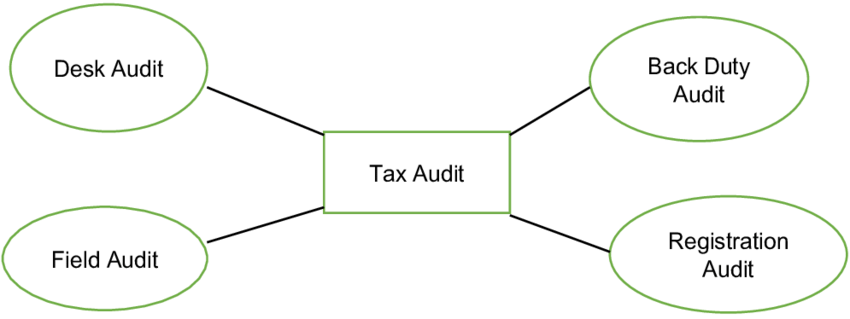How do AML Stages Serve as an Effective Shield for the Digital Businesses?
Money laundering is a method that raises the image of shadowed money and underground criminal associations. However, the question that arises is why the digital industry cares and what are the causes of the shadowed figures in the companies. Read the article to understand the concept of money laundering and its stages. Also, explore the role of AML in financial and other emerging industries. According to a recent study, the AML market size is expected to grow from $3.1 billion to $6.8 billion in the upcoming five years.
Moreover, the AML market is experiencing rapid growth in the industry with the integration of artificial intelligence(AI) and machine learning(ML) algorithms helping them sustain integrity and credibility.
Crucial Findings
- Laundered money can be layered up, complicating the system’s inspection and detection.
- Money laundering includes three primary stages
- Uncover the concept of anti-money laundering and how it works
- How AML stages serve as a protection shield against illegal criminals
Understand the Concept of Anti-Money Laundering
Anti-money laundering includes all the collection of laws and regulations developed to combat financial crimes, including money laundering and other terrorist financing operations. It regulates the requirements that are mandatory for the sectors to secure their financial assets from illegal bodies. The concept of AML was derived from the pioneering piece of legislation in the battle against illicit operations. However, it keeps updating with the FinCen(Financial Crimes Enforcement Network) charge of administration. It targets a wide range of crimes coming, from the corruption and tax evasion fraud to manipulating the market. Further, uncovers how AML works and the 3 stages of money laundering.
How Does Anti-Money Laundering Work?
The set of laws and policies works by verifying the consumer’s identity, transaction reviewing and detecting uncertain activities in the workspace. It helps in inspecting the potential risk associated with entities or their businesses. The AML Act ensures compliance with all the rules and regulations as per the regulatory bodies presented. Businesses dealing with the finances require anti-money laundering standards in order to verify the legitimacy of the new entity. Moreover, it also serves as a vital tool in business authentication.
Discover the Stages of Money Laundering
Money laundering remains the talk of the decade, and how much it has affected the business industry. The only purpose of ML is to layer up the illegal funds to dodge the legal system. Let’s discuss how the illicit process is executed and learn the consequences encountered due to this money exchange. Following are the three prime stages of money laundering injected into the financial systems.
- Placement
This stage is marked as the initial stage of the illegal money execution. The placement method is crucial for criminals as they must deposit large transactions without making them suspicious. It includes the division of a large number into smaller chunks and the funneling of money by cash businesses involving casinos.
- Layering
In the Layering method, the fraudsters engage in a series of transactions to create disorder and distance from the imposter’s source. Layering can involve shell companies and money transactions between multiple accounts by integrating remote currency exchange. The primary purpose of layering is to develop a complex web for the systems, making it hard for the systems to inspect and detect the transaction patterns.
- Extraction & Integration
This serves as the last and final stage of the money laundering process, in which the laundered money is restored to a legal, financial structure. It allows criminals to utilize their illegal money successfully, making it complex for the financial sector to distinguish between legal and illegal transactions.
Safeguard Businesses with AML Stages
Anti-money laundering not only combats ML operations but also deals with imposters involved in terrorist financing, illicit account takeover, and other identity theft activities. The stages of anti-money laundering are incorporated for the reasons addressed below:
- It provides security to the enterprises against non-compliance penalties
- 3 stages of anti-money laundering monitor the consumers and their related operations.
- AML methods can ensure the protection of the enterprise’s reputation and shareholders’ worth
- The robust screening approach works best against the money laundering stages
- It avoids potential risk factors and serves as a cost-saving strategy for businesses to adopt.
- It involves all the methods, including KYC, risk management, and sanction compliance for financial institutions.
Final Statement
Primary benefits of anti-money laundering stages include all the sanction screening methods, AML compliance, and other CDD standards serving as protecting shields. Also, it works as a crucial solution required by the financial industry to encounter new ways of money laundering. The approach is developed to ensure that compliance programs have a clear policy while contributing to the fight against financial fraud. It leverages businesses, consumers, and the whole digital industry with its prevention techniques.





